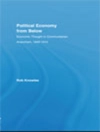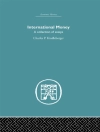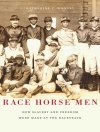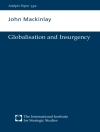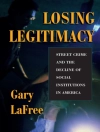The co-monarchy of Mary I and Philip II put England at the heart of early modern Europe. This positive reassessment of their joint reign counters a series of parochial, misogynist and anti-Catholic assumptions, correcting the many myths that have grown up around the marriage and explaining the reasons for its persistent marginalisation in the historiography of sixteenth-century England. Using new archival discoveries and original sources, the book argues for Mary as a great Catholic queen, while fleshing out Philip’s important contributions as king of England. It demonstrates the many positive achievements of this dynastic union in everything from culture, music and art to cartography, commerce and exploration. An important corrective for anyone interested in the history of Tudor England and Habsburg Spain.
Table of Content
List of plates
List of abbreviations
Introduction
1 Prenuptial
2 Contracting matrimony
3 Wyatt and the queen’s regal power
4 A marriage made in Heaven?
5 Royal entry: London, 18 August 1554
6 Anti-Spanish sentiment in early modern England
7 Spanish Tudor / English Habsburg
Conclusion
Bibliography
Index
About the author
Joseph Bergin is Professor Emeritus of History at the University of Manchester, Fellow of the British Academy and Correspondant Étranger, Institut de France.


